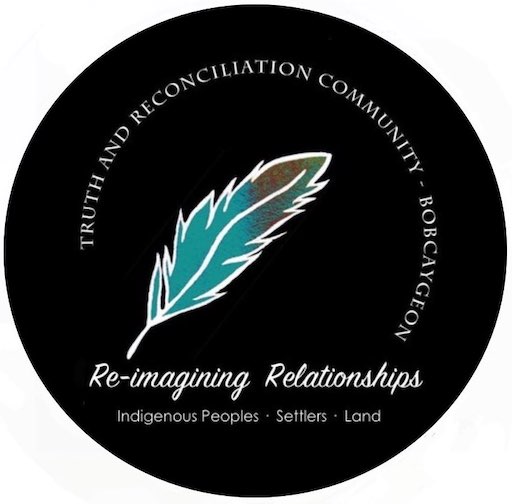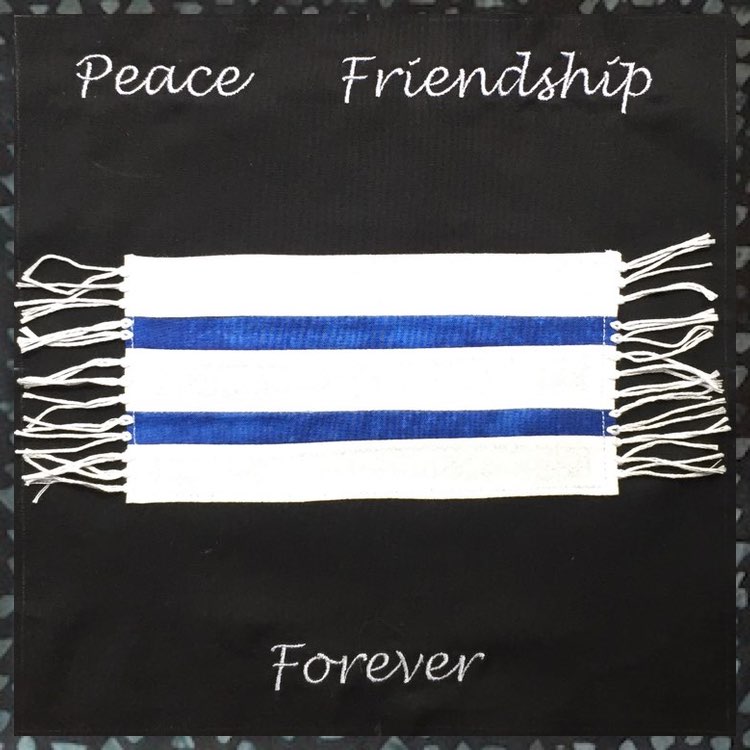Colonial History
Content on this Page
Doctrine of Discovery – 4 Videos
In Our Words – Video on treaties from an Indigenous Perspective
“Did You Know?” Four-part Video Series from APTN
Kayak – magazine for Kids – article on treaties
8th Fire CBC 4 part Documentary Series
Two Row Wampum – Briarpatch Magazine Article + Glenna Burns Quilt Square Story
Video Heritage Minutes: Naskumituwin (Treaty)
Treaties from 1760 – 1923: Two sides to the story ~ CBC article
21 Things you may not know about the Indian Act
Additional Links and Resources
The Land Between
Have you ever wondered how it is that the Europeans who arrived in what is now called North America justified their seizure and colonization of lands that were clearly already occupied? Terra nullius and the Doctrine of Discovery are two concepts key to this imposition of sovereignty. Terra nullius, “nobody’s land”, is a concept that unoccupied lands can be claimed by a state that finds and occupies these lands.
The Doctrine of Discovery in its most basic form states that the person who discovers a place can claim it for his European monarchy. In order to get around the fact that most of the lands colonized by Europeans were clearly already inhabited, the concept that only people living according to the Christian norms of the time would be considered inhabitants was imposed. Hence, Indigenous people around the world were declared non-people, making their territories “terra nullius” and legitimizing the seizure of their lands. These prejudiced and racist concepts are the basis for all non-Indigenous claims to territories and properties in North America.
For more information, check out these four videos.
Treaties From an Indigenous Perspective
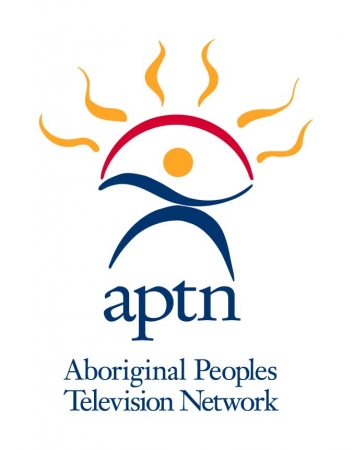
"Did You Know? Four-part Video Series
Kayak Magazine is a kids magazine with a graphic and engaging history of Treaties in Canada. While written for a young audience, it is chock full of interesting and relevant information. Have a look and you will agree.

- Indigenous in the City (Watch on YouTube)
- Wab Kinew’s Walk Through History (Watch on YouTube)
- It’s Time
- Lighting the 8th Fire

A short introduction to the Two Row Wampum
*Excerpt from BriarPatch Magazine by Tom Keefer
The Two Row Wampum is one of the oldest treaty relationships between the Onkwehonweh (original people) of Turtle Island (North America) and European immigrants. The treaty was made in 1613 between the Dutch and the Haudenosaunee (Iroquois) as Dutch traders and settlers moved up the Hudson River into Kanien’kehá:ka (Mohawk) territory. The Dutch initially proposed a patriarchal relationship with themselves as fathers and the Haudenosaunee people as children. According to Kanien’kehá:ka historian Ray Fadden, the Haudenosaunee rejected this notion and instead proposed:
“We will not be like Father and Son, but like Brothers. [Our treaties] symbolize two paths or two vessels, travelling down the same river together. One, a birchbark canoe, will be for the Indian People, their laws, their customs, and their ways. The other, a ship, will be for the white people and their laws, their customs, and their ways. We shall each travel the river together, side by side, but in our own boat. Neither of us will make compulsory laws nor interfere in the internal affairs of the other. Neither of us will try to steer the other’s vessel.”
Glenna's Quilt Square
History of the Two Row Wampum
Treaties
* Excerpt from CBC Article
Treaties from 1760 – 1923: Two sides to the story
Were the treaties signed on equal terms? Reports of the negotiations, recorded in the treaty commissioners’ diaries, would suggest not. The oral tradition, maintained by aboriginal elders, also shows discrepancies between the treaty texts and the verbal content of negotiations.
In essence, the surrender of land rights was based on the concept of private property — an incomprehensible notion in aboriginal culture.
The treaties were negotiated in a matter of days, in English, with interpreters who were not always equal to the task. They were signed by aboriginal chiefs who generally could not read English and who had not been advised by anyone. Often, the negotiation process did not respect the community’s hierarchical structure.
On several occasions, aboriginal groups indicated that they wanted to continue hunting and fishing. The English negotiators led them to believe they would be able to do so. In reality, the treaty texts only allowed them to hunt on lands that were not occupied by white settlers, and also included regulations that could prohibit these activities during certain periods of the year.
To make themselves understood, the British used a language very different from that used in the treaty texts. Queen Victoria was referred to as “the Great White Mother,” and the native people as her “Red Children.”
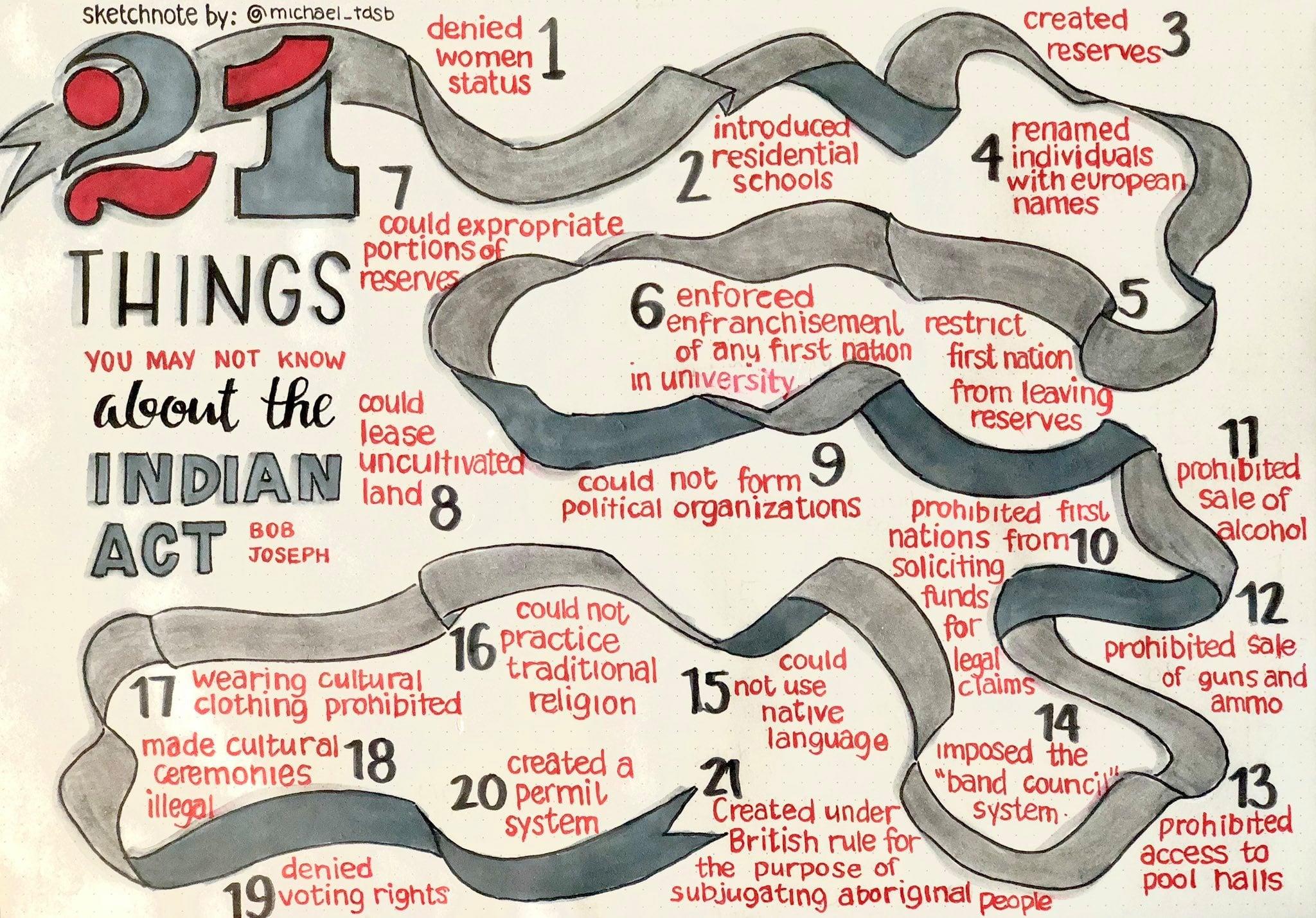
Michael Mohammed -Twitter @michael_tdsb.
The Indian Act is a Canadian federal law that governs in matters pertaining to Indian status, bands, and Indian reserves. Throughout history it has been highly invasive and paternalistic, as it authorizes the Canadian federal government to regulate and administer in the affairs and day-to-day lives of registered Indians and reserve communities. This authority has ranged from overarching political control, such as imposing governing structures on Aboriginal communities in the form of band councils, to control over the rights of Indians to practice their culture and traditions. The Indian Act has also enabled the government to determine the land base of these groups in the form of reserves, and even to define who qualifies as Indian in the form of Indian status. ~ Indigenous Foundations UBC
21 Things you may not know about the Indian Act ~ Book by Bob Joesph
Additional Links and Resources
Ontario Ministry of Indigenous Relations & Reconciliation – TREATIES
Treaties 1760-1923 – Two sides to the story
Aboriginal Treaties in Canada background report
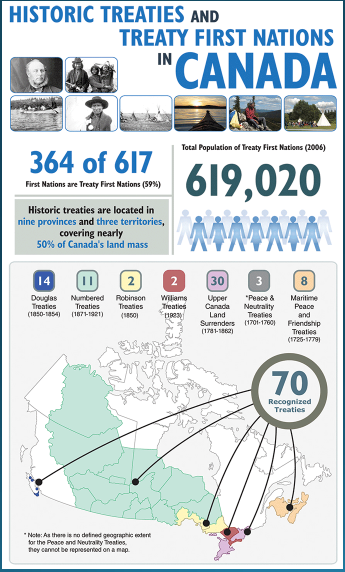
The Land Between
“Given the diversity and abundance of the nature in The Land Between, this place too has a very rich and extraordinary cultural heritage.
The openness and navigability of the land made it a ready travel route: The First Nations people used it as key east-west corridor. Early visitors and settlers chose this route to travel from Lake Ontario to reach the Ottawa river such as those during the war of 1812, or like Champlain, who was lead by Mississauga leaders across the region from the Ottawa valley through Paudash Lake and south to the Black River towards Lake Huron.”
